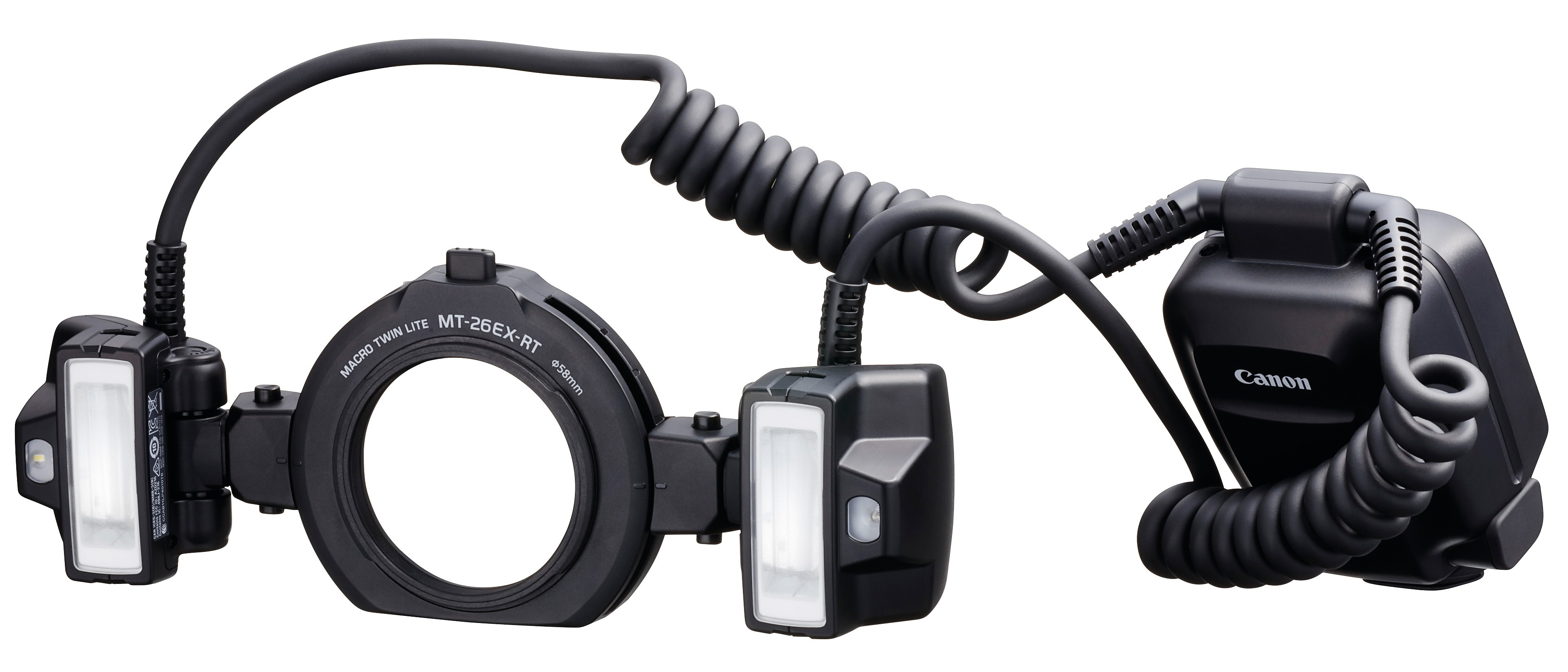Digital Camera World Verdict
The Canon Macro Twin Lite MT-26EX-RT is an elegant lighting solution for close-up photography, combining power with finesse and versatility. It’s a worthy update to the MT-24EX, with a more intuitive interface, better build quality and an RF wireless master facility.
Pros
- +
Power of each head can be independently adjusted
- +
RF wireless transmission
Cons
- -
Lacks the all-round lighting, and annular catchlights of a ringflash
- -
Only suitable for use for macro photography
Why you can trust Digital Camera World
Taking over the baton from the old Macro Twin Lite MT-24EX, the Canon MT-26EX-RT is better in pretty much every way. It’s more powerful, more versatile, and more durable. But what exactly is it?
The Macro Twin Lite delivers a versatile lighting solution for close-ups, in anything from product photography to shooting insects, dental or forensic work, and even portraits. The control unit slots into the hotshoe of a camera, and the two miniature flash heads clip onto a mounting ring that attaches to the front of most Canon macro lenses.
Notable exceptions to direct fitment include the EF 100mm f/2.8L Macro IS USM and EF 180mm f/3.5L Macro USM lenses. For use with these and independently manufactured lenses, Canon makes ‘Macrolite Adapters’, enabling fitment to 52mm, 58mm, 67mm, 72mm attachment threads, at a cost of around $15/£15 to $30/£30 each.
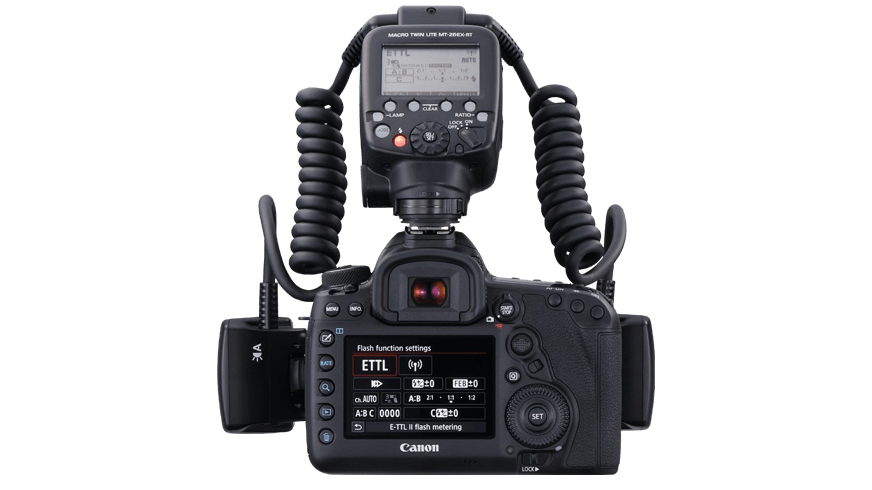
The archaic control panel of the MT-24EX has been redesigned, with a layout based on the 600EX II-RT flashgun. It’s simple and intuitive, with high-quality switches and dials, and a backlit LCD screen. Naturally, instead of a flash tube, the control unit has two heavy-duty coiled cables that connect the two small flash heads.
The use of two independent heads is a crucial design element, where the Macro Twin Lite differs fundamentally to ‘ring lights’. Also popular, ring lights have a tube or LED array that completely encircles the lens. They’re very good at giving completely uniform, shadow-free illumination for close-up shots, but that’s not always ideal.
Having two lamps gives you the freedom to alter the power ratio between them, or manually adjust the power in each head to give images a three-dimensional look.
But the Macro Twin Lite goes further still. You can rotate each head, pivot them inwards and outwards, and angle them up or down giving you complete control over directional lighting effects. The only downside is that you can’t use the system for circular catch-lights in portrait subject’s eyes.
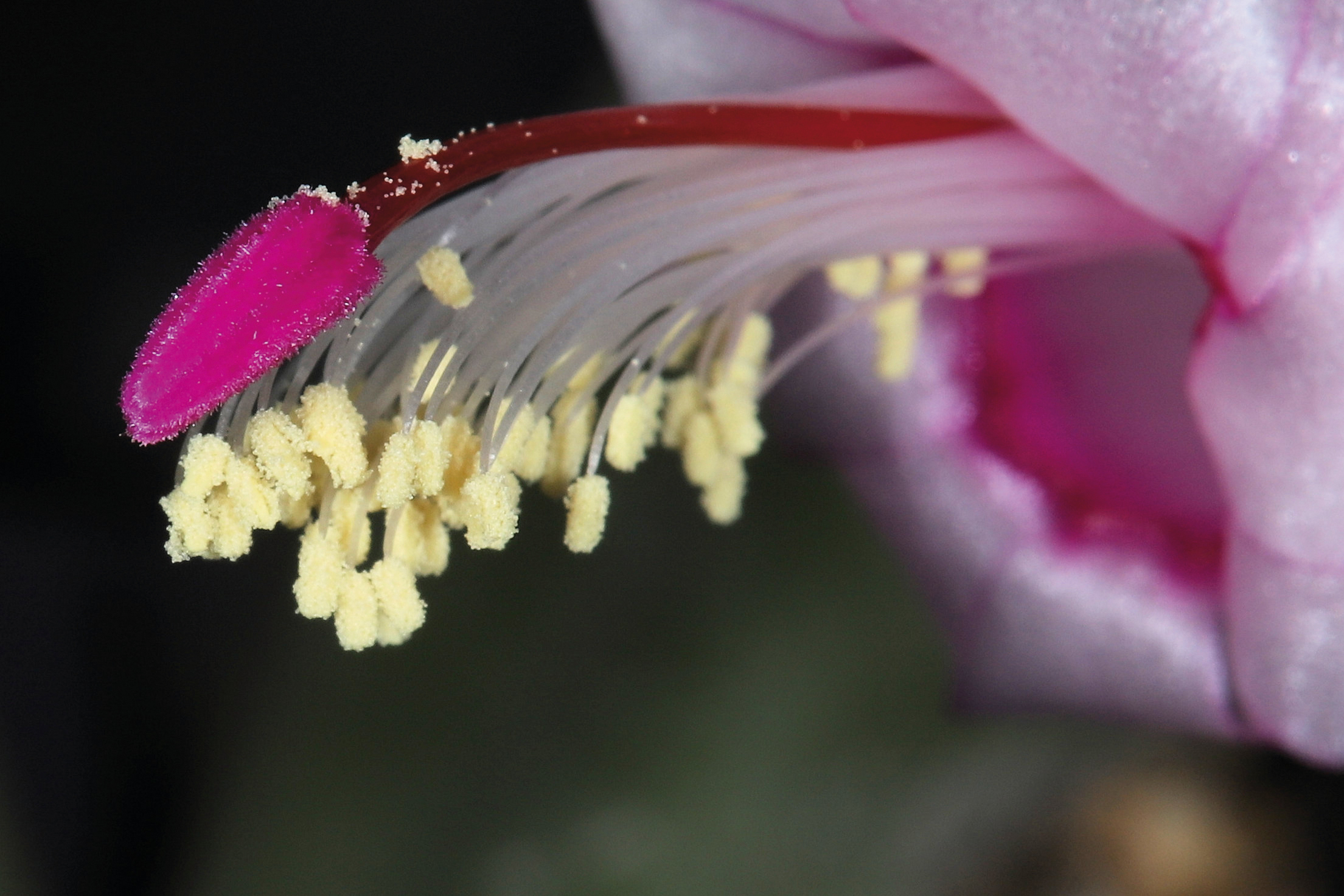
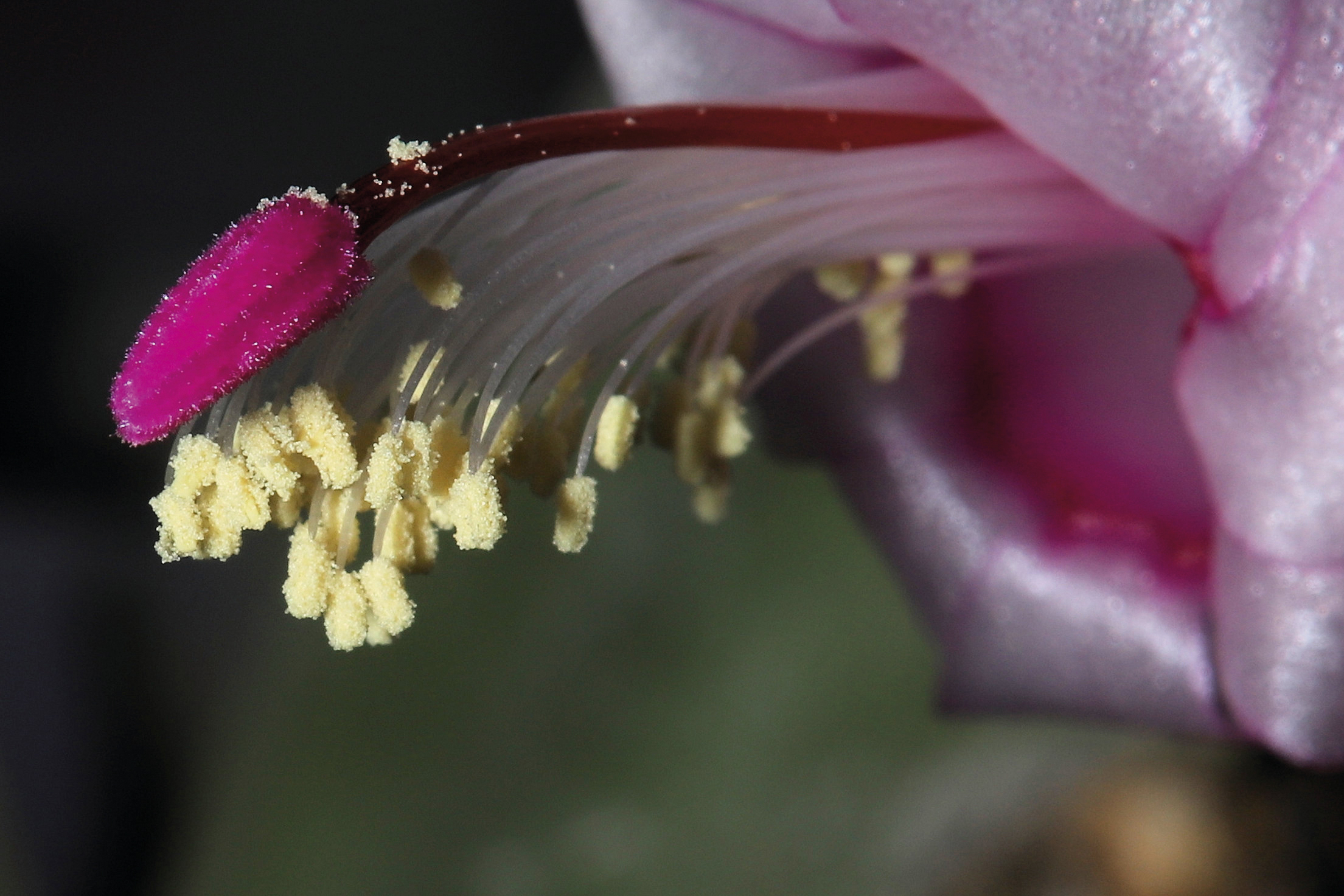
Specifications
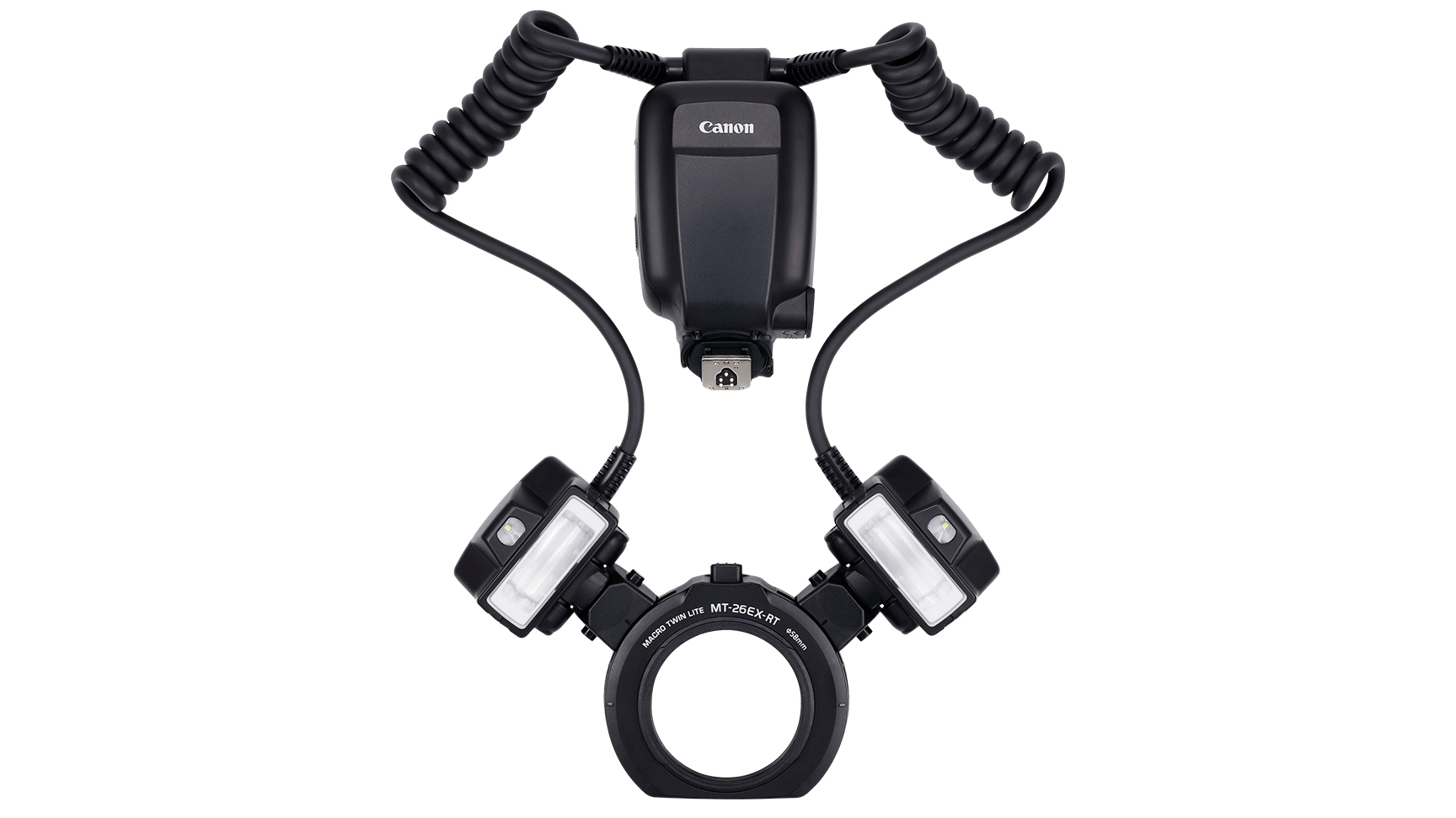
Max claimed Gn (ISO 100, metres) 26 (19.9 single)
Rotation (around lens) +50/-30 degrees
Rotation (up/down) 45/45 degrees
Rotation (in/out) 60/30 degrees
Zoom Range None
Diffusion domes Yes
Auto Metering E-TTL / E-TTL II
Flash Exposure Comp +/-3 stops
Manual Power Settings 1/1 to 1/512
Ratio control 1:1 to 8:1
AF-assist beam LED
Wireless Master/Slave Master IR/RF
Transmission range
10m (6m outdoors)
Additional Flash Modes HSS, RC
TTL flash exp error 0EV
Full Power Recycle (NiMH/alkaline) 2.7/5.2 seconds
Flash Info LCD Mono backlit
Supplied accessories
Pouch, diffusion domes
Dimensions (control unit) 70x113x90mm
Dimensions (flash heads) 62x56x49mm
Weight 570g (excl batteries)
Performance
The new edition MT-26EX-RT is more powerful than the MT-24EX, upping the Gn (Guide number) rating from 24 to 26 (ISO 100, metres), when using both heads at maximum power. That enables plentiful close-up illumination even when using very narrow apertures, often required for gaining depth of field in macro shooting. The extra power is also welcome when using the diffusion domes supplied in the kit, to soften the light.
Recycling speed after high-power flashes is another area of improvement, while autofocus is assisted by high-power LED lamps in each flash head. There’s better communication with other Canon flashguns as well, thanks to RF wireless transmission being added to the existing optical master function. All in all, the new Macro Twin Lite is a great performer.
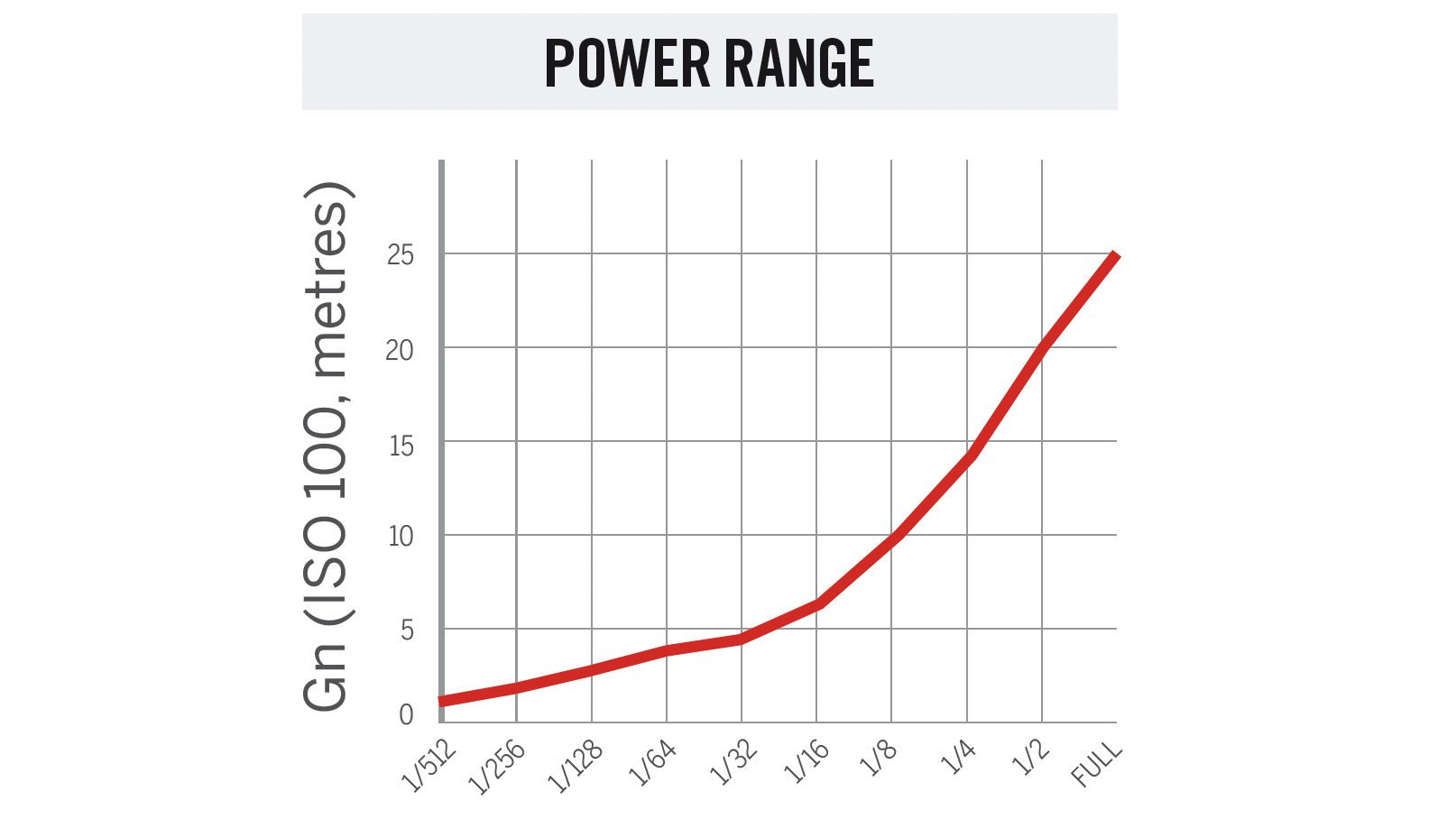
There’s a generous power range with plenty in reserve for close-ups, even when using the supplied diffusion domes
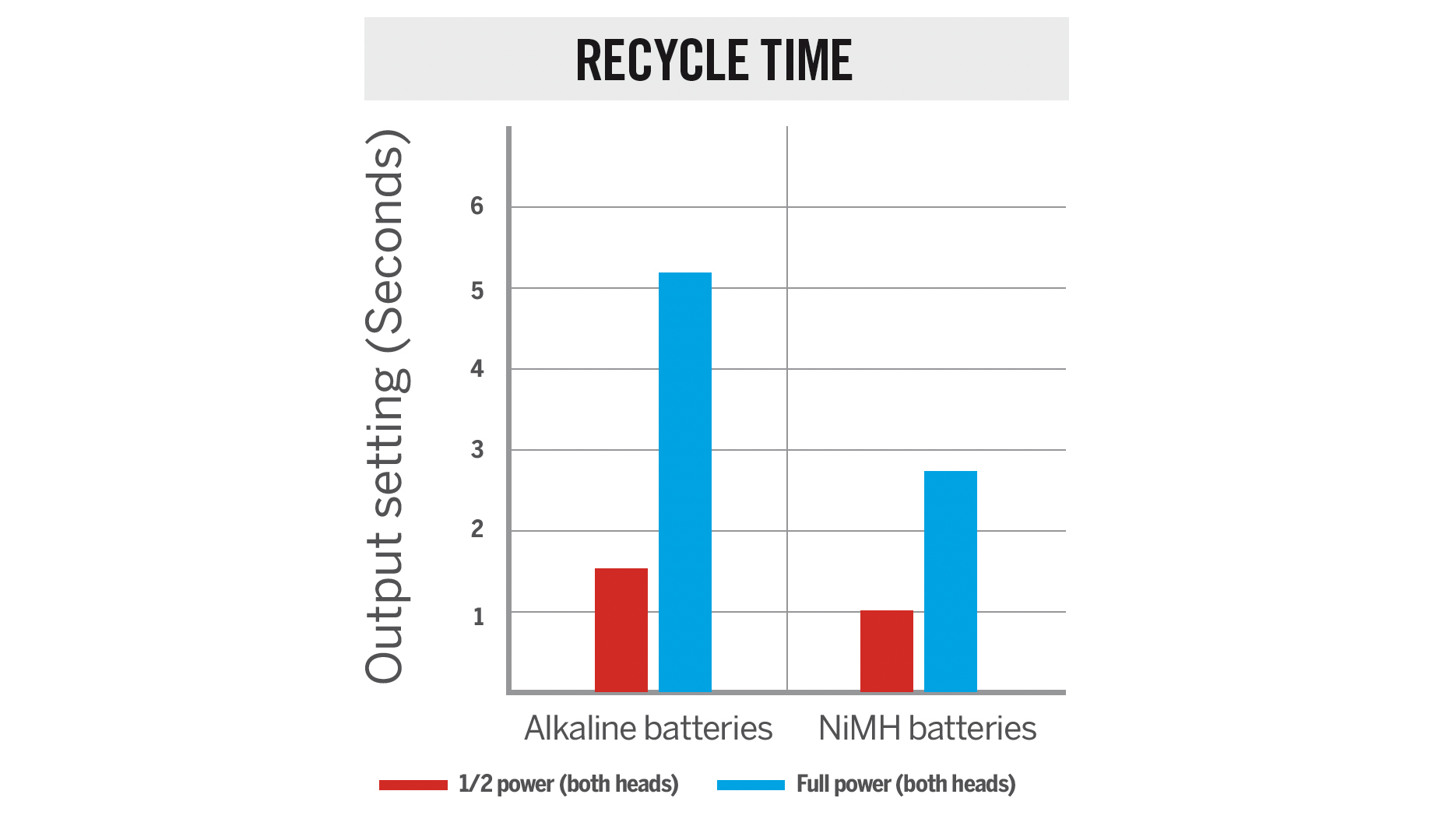
Firing both heads at full power, recycling is twice as fast with NiMH rather than alkaline batteries
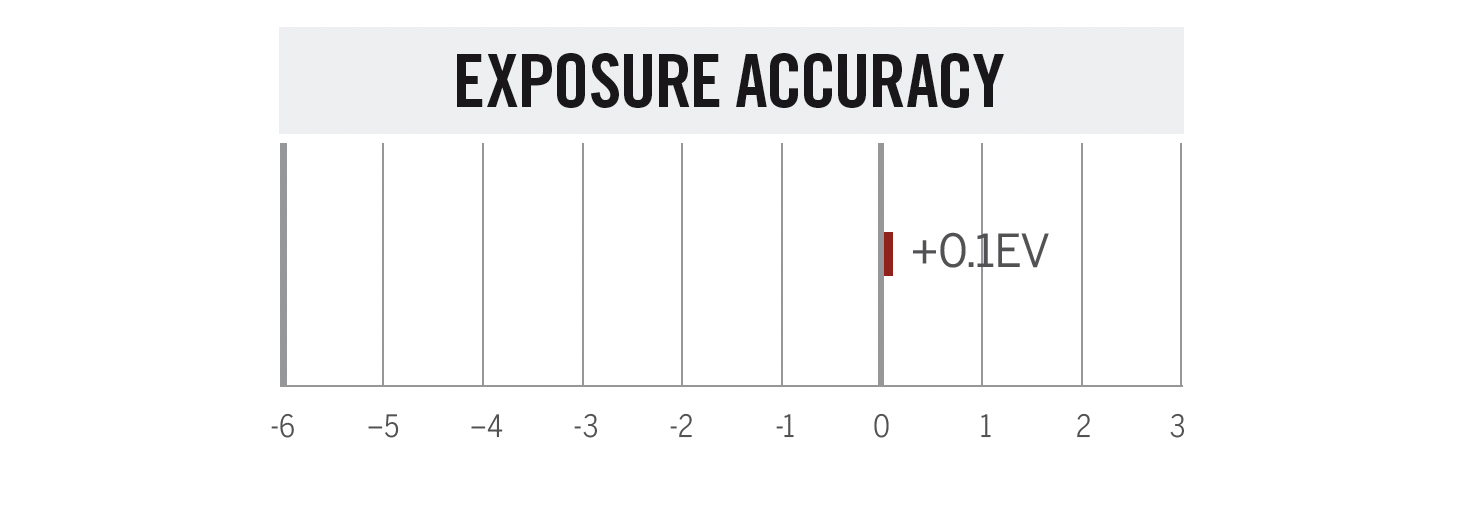
Tested for a range of distances and subjects, TTL flash exposure accuracy proved very good and consistent
How we test flashguns
At DCW, our in-house team of experts are well-versed in testing cameras, lenses and accessories. We review equipment such as flashguns using a combination of real-world and lab testing, rating the power output of the flash, its versatility, its key features and its ease of use. We use our findings from reviews to inform our comments in buying guides. For more, see our guide to how we test and review at Digital Camera World.
Read more:
• The best flashgun: the best strobe units for Canon cameras, Nikon and more
• The best flash diffusers, softboxes and modifiers
• The best flash triggers
• The best portrait lenses for Canon users
• The best monopods you can buy right now
• The 50 best camera accessories
• The 6 best LED light panels
• The best lenses for street photography
Matthew Richards is a photographer and journalist who has spent years using and reviewing all manner of photo gear. He is Digital Camera World's principal lens reviewer – and has tested more primes and zooms than most people have had hot dinners!
His expertise with equipment doesn’t end there, though. He is also an encyclopedia when it comes to all manner of cameras, camera holsters and bags, flashguns, tripods and heads, printers, papers and inks, and just about anything imaging-related.
In an earlier life he was a broadcast engineer at the BBC, as well as a former editor of PC Guide.
